Microphone modelling technology has been around for a short while and certainly divides opinions. I’m here to shed some light on the new Universal Audio Sphere DLX and LX and why you should be interested.
As many will know, Universal Audio recently purchased Townsend Labs and, with it, the technology behind the brand’s highly-popular modelling microphones.
Previously under the name of Townsend Labs LX22, the Universal Audio DLX is identical to the original microphone, with the inclusion of four brand-new models. The LX is a mono-only, more compact unit which comes in at a lower price point for professionals who don’t need stereo recording.
Building on what Townsend Labs had started, are the Universal Audio LX and DLX microphones all you will ever need?
We’re not going into too much detail on comparisons of all the features, that’s already been covered here. This will focus mainly on three questions: how does it sound? How can you use it? And who are these microphones for?
How do the DLX and LX mics sound?
The million-dollar question everybody wants to know: do they sound good? Yep! Do they sound accurate to what they’re modelling? You bet!
The different models on board (38 for the DLX and 20 for LX) are undeniable, imparting the characteristics of each microphone to your sound. And the quality of these mics becomes particularly noticeable when trying out the various styles. For example switch between a dynamic, condenser, and ribbon, and the difference is night and day – and that’s a good thing; it means it’s working as intended.
It must be noted that, after hearing this microphone in action, solo, it’s apparent that it would be a welcome addition to any microphone locker on its own, without all the magic modelling technology involved.
Universal Audio have spared no expense in the making of the DLX and LX. Typical of a large diaphragm condenser, it’s bright, articulate, full-bodied, and warm, with a character of its own that somewhat resembles the classic 87-style FET microphone (you can A/B for yourself, I’m guaranteed you’ll agree).
This doesn’t surprise me as, surely, the microphone capsule needs to be as accurate and full-range as possible for the modelling to happen? Either way, it can stand on its own merit.
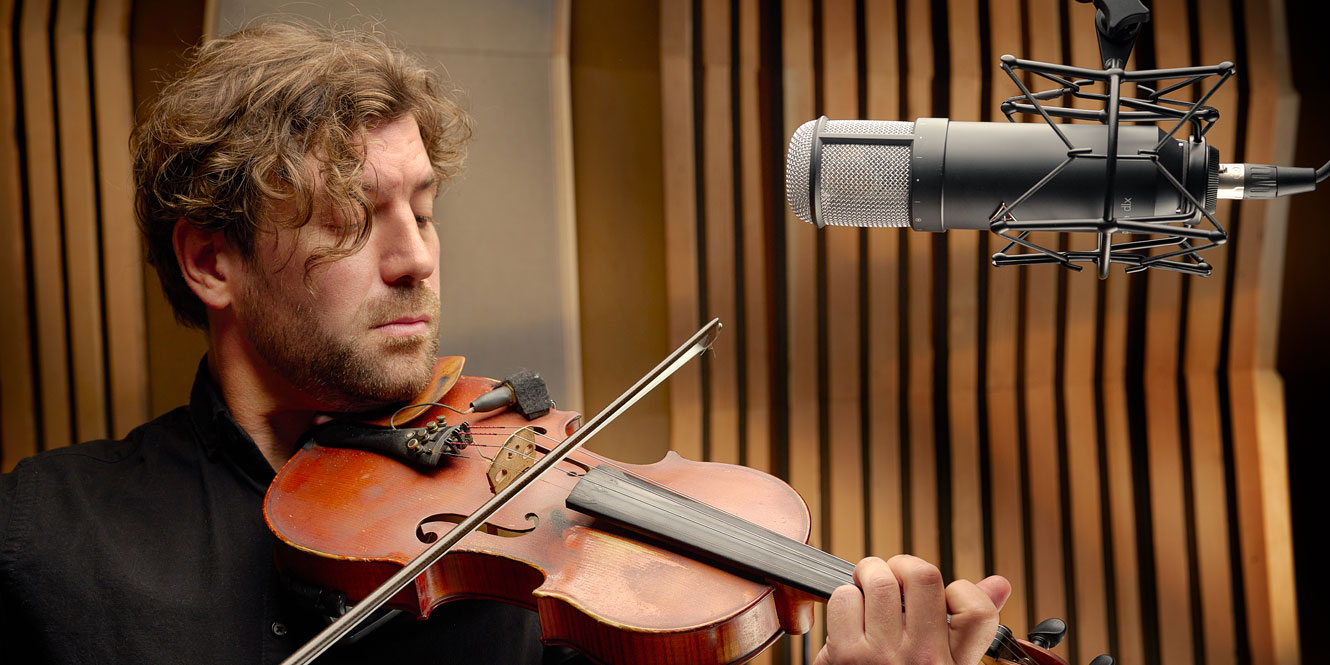
What do the models sound like?
Listening to the many different models on board, I was impressed with a few standout microphones.
The RB-121 model does exactly as you’d expect, enhancing the lows, rounding out the top-end, and pushing the lower midrange. You’ve probably heard this on many of your favourite records, used on a guitar cabinet and blended with a brighter microphone for contrast.
As it’s now dominating the online content creation sphere (no pun intended, I promise), popular podcasting microphones are also included, namely the DN-7 model. You can hear its almost “radiophonic” tone with a highly pushed midrange and attenuated low-end that puts your voice to the front and centre. It’s no wonder these mics are the go-to for podcasting applications.
Another model that impressed me was the LD-47K. It has a warm, thick, and full-bodied tone that’s particularly good on vocals and piano.
But what stood out the most was the authenticity of the LD-800 model, which recreates a well-loved Japanese microphone favoured by rap and pop singers for its insane top-end shimmer and enunciation. It’s all there to hear, cutting the muddiness for a pristine sound.
And it’s not just the frequencies or ‘character’ that the DLX and LX impart into your recordings but also the transient response.
Each model reacts differently to the same source material, clamping down on upper midrange transients for a smoother and less ‘pokey’ sound. The ribbon microphones and vintage tube LD-37A from the DLX are great examples of this.
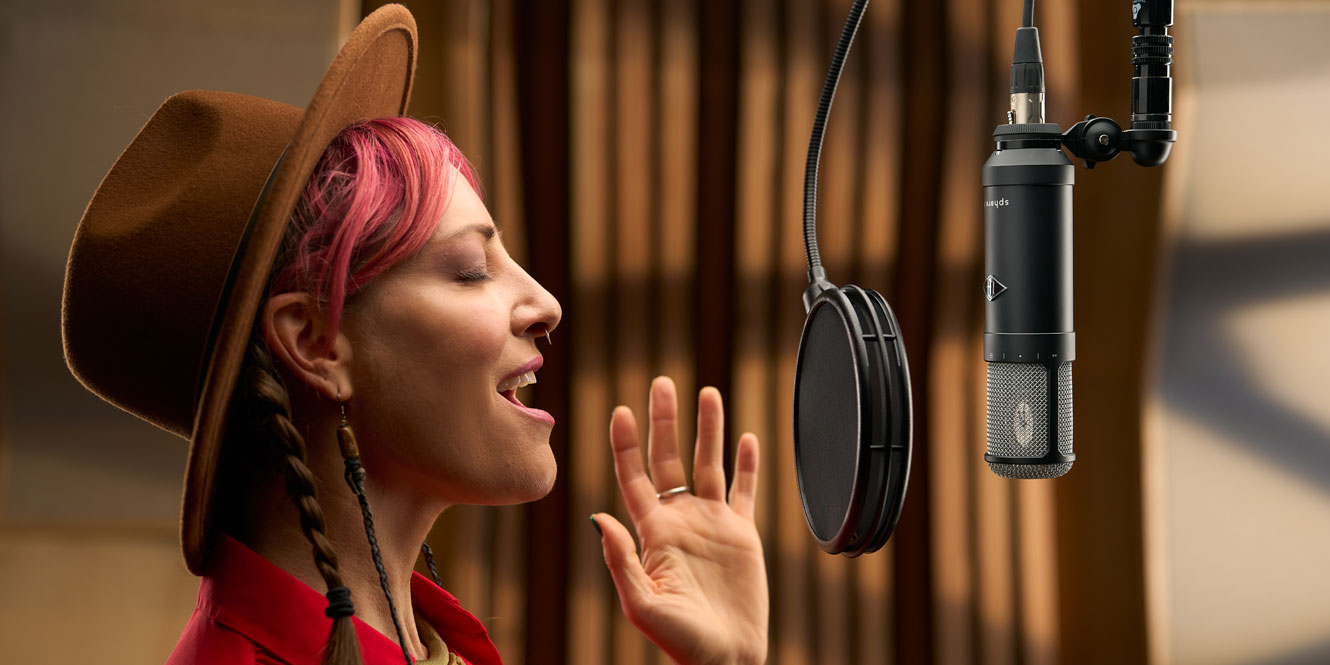
Not satisfied? Make your own model!
Of course, should any of this not be enough to satisfy your quandaries, both the DLX and LX feature Dual Mode. This is where these mics really show off their sound, in my opinion.
You can create entirely new microphone sounds, blending the best parts of one and matching it with another.
What other microphone lets you blend the articulation and focus of a 416 shotgun boom-style microphone with the smooth midrange of a classic 67-style tube large diaphragm condenser in one performance?
How can you use these microphones?
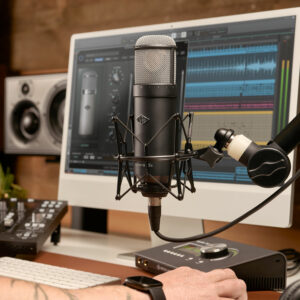 It sounds good, so? A lot of microphones sound good and, you’d be right, I can’t argue with that. While sounding good, the DLX and LX microphones have a lot more hidden up their sleeves than a traditional mic could only dream of.
It sounds good, so? A lot of microphones sound good and, you’d be right, I can’t argue with that. While sounding good, the DLX and LX microphones have a lot more hidden up their sleeves than a traditional mic could only dream of.
Right off the bat, pairing your DLX and LX microphones with a Universal Audio Apollo interface and LUNA opens up a whole range of functionality.
Taking advantage of Console, you have the choice of recording your DLX or LX fully wet with all of the processing applied before it hits your DAW or simply monitoring through the DSP Sphere plugin and recording your signal dry, applying processing after the fact.
This flexibility means it’s possible to change your sound before, during, and after recording – mind-blowing! And when monitoring in real-time, you’ll be happy to hear that there is absolutely no latency at all.
That being said, you don’t actually need a Universal Audio interface at all. Any will do as long as it has two mic inputs. Although you won’t get the benefit of monitoring in real-time through Console, what you can do is apply the modelling changes after you’ve recorded.
I’ve said it before and I’ll say it again, as far as I’m concerned, this is magic.
One of the main benefits of being able to change your sound after recording is that you don’t need to get it right at the source. If you’re low on time or unsure of what microphone type, polar pattern, microphone axis, or proximity is right for your recording, you can still get it right later!
Every voice, mix, instrument, and musician is different, and they all need something different. There are of course go-tos for certain applications but they shouldn’t be taken as gospel.
Being able to find the right microphone for your singer’s voice or the right microphone for a piano without having to set up 38 microphones in a studio will save you so much time and hassle whilst still delivering a stellar end result.
Ultra sophisticated software
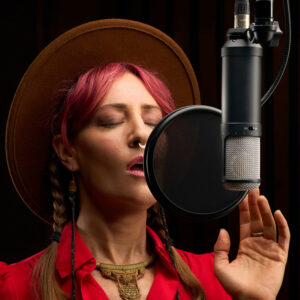 So far I’ve talked about the benefits of microphone choice, but that’s not even half of what you can do with the DLX and LX Sphere Modelling Microphones. The Sphere software, which powers the modelling, has a few extremely handy parameters, namely Pattern, Filter, Axis, and Proximity.
So far I’ve talked about the benefits of microphone choice, but that’s not even half of what you can do with the DLX and LX Sphere Modelling Microphones. The Sphere software, which powers the modelling, has a few extremely handy parameters, namely Pattern, Filter, Axis, and Proximity.
The clever folks at Universal Audio have found a way to model polar patterns and filtering options onto microphone models which never had them to begin with!
Most ribbon microphones by nature are a figure of 8. But what if you could change this to omnidirectional or cardioid or introduce a high-pass filter to a large diaphragm 103-style condenser? That perked up your ears, didn’t it?
Because of the dual capsule design of both the DLX and LX, you can change the polar pattern to tune the number of room reflections you have in your recordings.
Tighten it up to hyper-cardioid to eliminate unwanted ambience or enhance the roominess and swap to an omnidirectional polar pattern. Even if it wasn’t an option on the original microphone, the choice is yours.
Where the DLX and LX microphones are unique is in their axis rotation and proximity adjustments that can be utilised after you’ve recorded. No other modelling microphone on the market offers this.
Great for dealing with excessive sibilance, the axis rotation control can be used as a dynamic form of de-essing with a much more natural sound. Excellent for dealing with positioning errors, making the proximity smaller can add low-end and intimacy to a source recorded far away, or you can pull this back to remove excessive low-end and plosive sounds.
OK, so you’ve found a great sound that works for the verse but you need more detail and articulation to cut through a chorus. Easy-peasy, every parameter in the Sphere plugin can be automated. Change microphones, axis, proximity, pattern, or whatever else, whenever you want.
What are the practical uses?
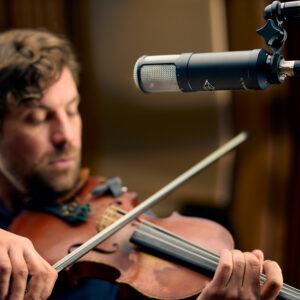 With all of that said, for all the bells and whistles and interesting things you can do in the software to change your sound, what can you actually record with these microphones? Yeah, yeah, I hear you.
With all of that said, for all the bells and whistles and interesting things you can do in the software to change your sound, what can you actually record with these microphones? Yeah, yeah, I hear you.
If it wasn’t already on the nose, the answer is anything and everything. To start with, the DLX and LX boast incredibly high SPL levels of 140dB and 145dB respectively and a very high dynamic range of 133dB and 135dB respectively. These aren’t just good numbers, they also deliver incredibly practical benefits!
Where you would typically use a dynamic microphone to record incredibly loud source signals, such as guitar speakers, drums, or brass, you can record with your DLX and LX. Once recorded, you can then apply the model of a vintage ribbon or condenser microphone which may not normally be able to record these sources.
From an engineering standpoint, the dual capsule design is the gift that keeps on giving.
As the capsules are phase aligned in the hardware, you don’t need to worry about taping two microphones together to record a snare top. Just point the mic towards the snare, load up your favourite DN-57 and SD-451 combo in Dual Mode, and you have the perfect blend in one signal.
Only available on the DLX, the stereo recording functionality of the Sphere 180 plugin opens a lot of doors for your recording sessions. Capture the ambience of an acoustic guitar or piano in stereo and record multiple guitar speakers or choir singers simultaneously, all while being able to choose a mic and settings for left and right channels independently. Incredible.
Who are the DLX and LX for?
It’s true that many studios and even home/project studios will have a collection of tried and true microphones in their locker. So where do the DLX and LX microphones fit in?
Possibly the most obvious answer is that these are for producers and engineers looking to get the sounds of up to 38 microphones, many of which are expensive vintage mics that are incredibly difficult to source, for the price of one.
You get a virtual locker filled with dream microphones, models which UA have curated themselves to find the best examples of, no less! After all, increasing the breadth of options for a recording session on a budget without sacrificing quality can never be a bad thing.
You might not be interested in all of the models on board but would love nothing more than to record your genuine vintage microphone in stereo. If the DLX microphone has a model of it, you can! It’s easily done without having to spend a considerable amount on another genuine hardware microphone!
Outside of typical music studios, podcasting and voiceover studios could benefit the most from the DLX and LX modelling mics, especially if they’re running on UA Apollo hardware.
You can audition microphones in real-time to find the right sound for your talent without having to run back and forth to the live booth, setting up microphone after microphone. It can be the single biggest timesaver you’ll ever invest in!
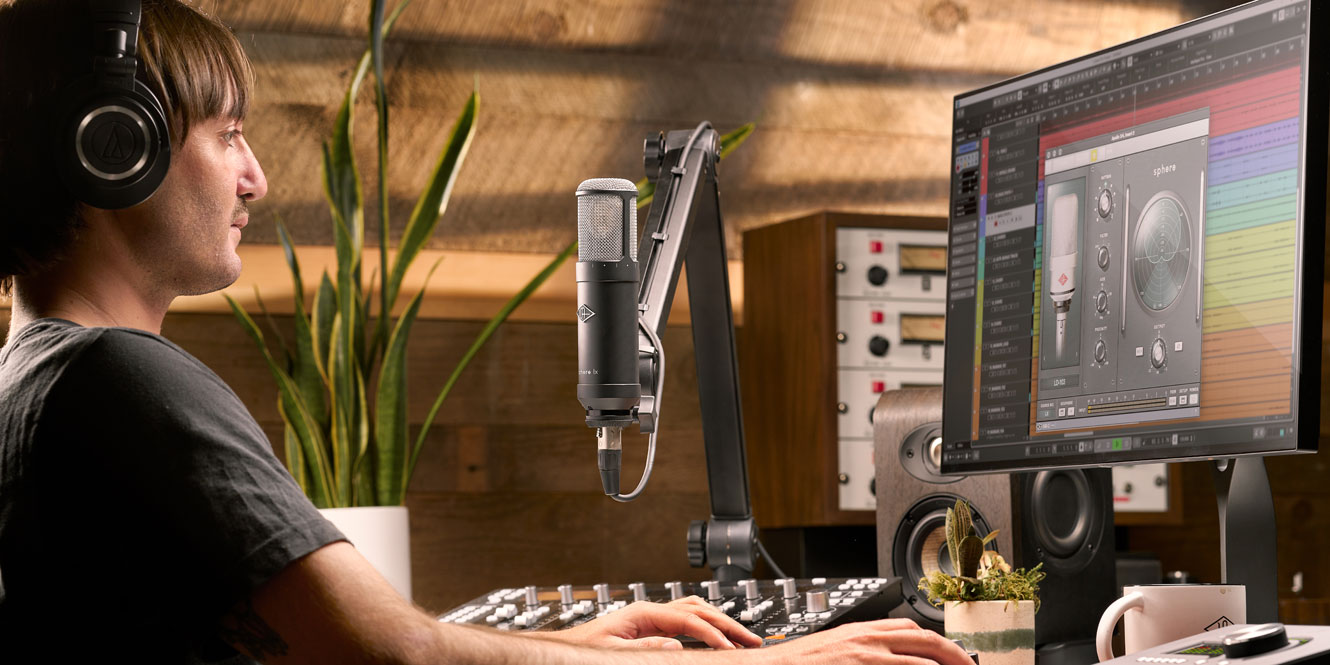
Are the UA Sphere DLX and LX mics worth it?
In a word – absolutely! Consider what you’re getting for the money. You’re getting access to a virtual microphone locker with £60,000 to £110,000’s worth of microphones (LX and DLX respectively) for the price of one high-quality microphone.
Sphere lets you experiment with microphone combinations you might not have chosen if you were to open your microphone locker and pick something out. You might find something more useful and unique for your recordings.
The high-performance microphone is more than justified for the cost of entry – a fantastic-sounding mic with, what Universal Audio claim to be, the lowest noise floor for a mic in its class is worth the price alone.
Add to that 20 or 38 indistinguishable virtual microphone models, control of parameters you couldn’t even do on the hardware originals, limitless flexibility, customisation after recording, and the number of recording applications you can use it in, and you have yourself a deal!

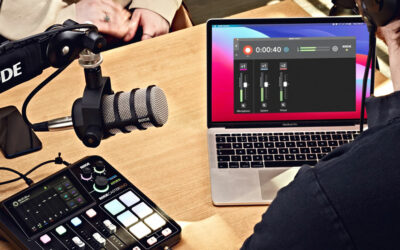
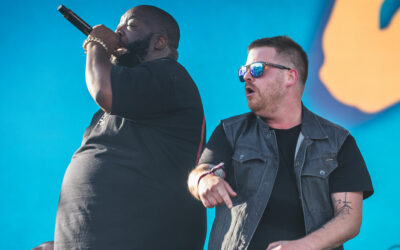
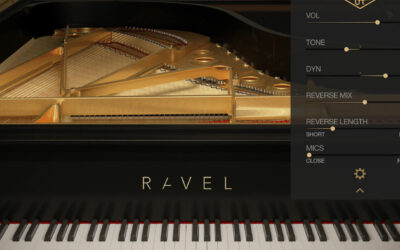

0 Comments